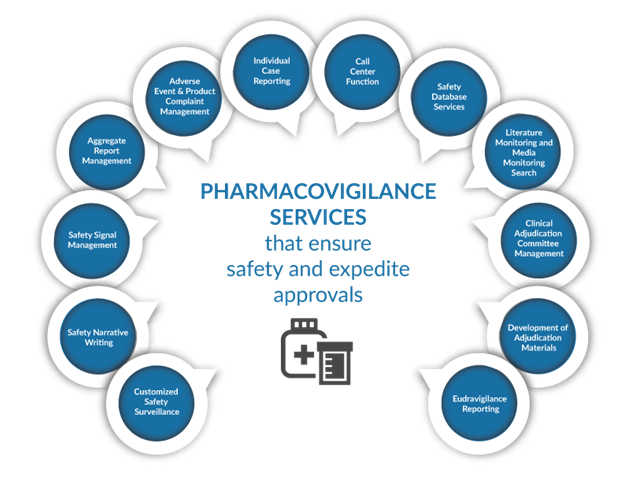Be careful with prescription drug safety

In establishing drug therapy, in addition to beneficial effects, potential harmful effects, or, more specifically, adverse reactions should be considered. In order to prevent and reduce the risk of adverse drug reactions, mechanisms are needed to evaluate and monitor their safety, pharmacovigilance being an important element of both medical practice and public health programs.
Pharmacovigilance, defined by the World Health Organization as “science and activities to detect, evaluate, understand and prevent the occurrence of adverse effects or any other drug problem”, has as its main objectives the prevention of the occurrence of harmful effects in humans due to side effects and promoting the safe and effective use of medicines.
The concept of monitoring the safety of medicines for human use and virtually pharmacovigilance as a science began with the “tragedy of thalidomide” from 1961 to 1962, according to medtruth. Following the publication of Australian physician W. McBride’s comments on the suspicion of an association between serious congenital malformations and the use of thalidomide in pregnancy, in The Lancet (1961), the regulatory authorities have established systems to monitor the safety of medicinal products for human use prevent such tragedies and detect associated risks. Pharmacovigilance has evolved over time, with amendments to the European Pharmacovigilance Law (Directive 2010/84 / EU, EU Regulation 1235/2010, EU Implementing Regulation 520/2012 on the conduct of pharmacovigilance). The new legislation, in force at European level since July 2012, aims to reduce the number of adverse reactions in the European Union through better data collection and safety of medicines through a rapid and consistent assessment of safety issues medicines, effective regulatory actions to ensure the safety and efficacy of medicines, patient involvement by facilitating reporting of adverse reactions, increasing transparency and ensuring optimum communication.
The collection, management and evaluation of adverse reactions in the framework of pharmacovigilance activity is one of the main factors in establishing the safety profile of the medicinal product, both at national and European level. An effective pharmacovigilance system helps protect the health of patients, public health, increase health system confidence and adherence to treatment. Read all about it here.
The drug safety profile is established throughout the life-course of the product, both before marketauthorization, by quantifying risks and post-marketing, by monitoring the safety of medicines. Monitoring of the safety profile is achieved through the continuous collection of adverse reactions through the detection and management of safety signals through the evaluation of periodic safety update reports through the assessment of post-authorization safety studies.
The need to monitor the safety profile in the post-authorization period is due to the fact that information obtained until the marketauthorization for a medicinal product is limited, and data on the use of these drugs “in real life” is needed. It is recognized the possibility of adverse reactions that have not been detected in the developmental stage. Once drugs are placed on the market, they are used by a large number of people who may have various medical conditions, they can also be treated with other medicines, these being conditions which are different from those in the clinical trial period, thus requiring continuous monitoring of safety and efficacy through pharmacovigilance activities.
Reporting of adverse reactions is a fundamental component of the pharmacovigilance system, with the potential for completing and discovering information on risks, thus helping the competent authorities to take the best decisions and measures to protect the health of patients.
Adverse reactions are estimated to be the 5th cause of in-hospital mortality, and 5% of all hospitalizations are due to the occurrence of adverse reactions. However, only 10 to 25% of the drug-related adverse drug reactions are reported, while sub-reporting remains a problem for which solutions are being sought.
The new European regulations on pharmacovigilance aim at improving the reporting system and collecting adverse reactions.
The National Medicines and Medical Device (NAMDM) encourages patients, legal representatives of patients, personalcarers, health professionals (doctors, pharmacists, nurses) to report suspected adverse drug reactions, including vaccines.The adverse reaction is defined as a harmful and undesirable response caused by a drug.
Good Pharmacovigilance Practice (GMP) consists of a set of measures to facilitate the performing pharmacovigilance activity in the European Union (EU). Good Pharmacovigilance Practice(GMP) apply to marketing authorization holders, to the European Agency for Safety and Health at WorkDrugs and Medicines Authorities of the Member States of the EU.